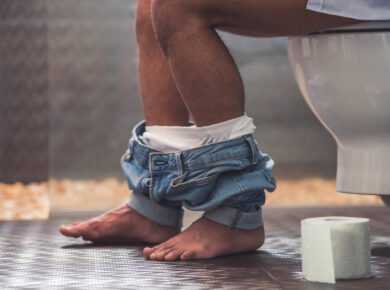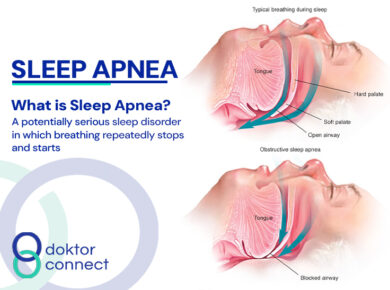Nigeria’s social media went abuzz recently with the western world reporting with pictures that Monkeypox is an African disease, despite the recent outbreak which was recorded to be in U.S.A and U.K.
Is it really an African disease?
Monkeypox is a viral zoonosis (a virus transmitted to humans from animals). It is a disease of global public health importance as it not only affects countries in west and central Africa but the rest of the world.
What Causes MonkeyPox?
Monkeypox can be caught from infected wild animals in parts of the west and central Africa. It’s thought to be spread by rodents, such as rats, mice, and squirrels.
You can contact it from an infected animal if you’re bitten or touch its blood, body fluids, spots, blisters, or scabs.
It may also be possible to catch it by eating meat from an infected animal that has not been cooked thoroughly, or by touching other products from infected animals (such as animal skin or fur).
Monkeypox can also be spread through:
- Touching clothing, bedding, or towels used by someone with the monkeypox rash
- Touching monkeypox skin blisters or scabs
- The coughs or sneezes of a person with the monkeypox rash
What are the symptoms of Monkeypox?
In humans, the symptoms of monkeypox are similar to but milder than the symptoms of smallpox. Monkeypox begins with fever, headache, muscle aches, and exhaustion. The main difference between the symptoms of smallpox and monkeypox is that monkeypox causes lymph nodes to swell (lymphadenopathy) while smallpox does not. The incubation period (time from infection to symptoms) for monkeypox is usually 7−14 days but can range from 5−21 days.
The illness begins with:
- Fever
- Headache
- Muscle aches
- Backache
- Swollen lymph nodes
- Chills
- Exhaustion
A rash usually appears 1 to 5 days after the first symptoms. The rash often begins on the face, then spreads to other parts of the body.
The rash is sometimes confused with chickenpox. It starts as raised spots, which turn into small blisters filled with fluid. These blisters eventually form scabs which later fall off.
The symptoms usually clear up in 2 to 4 weeks.
Prevention
There are number of measures that can be taken to prevent infection with monkeypox virus:
- Avoid contact with animals that could harbor the virus (including animals that are sick or that have been found dead in areas where monkeypox occurs).
- Avoid contact with any materials, such as bedding, that has been in contact with a sick animal.
- Isolate infected patients from others who could be at risk for infection.
- Practice good hand hygiene after contact with infected animals or humans. For example, washing your hands with soap and water or using an alcohol-based hand sanitizer.
- Use personal protective equipment (PPE) when caring for patients
Management of MonkeyPox
Treatment for it aims to relieve symptoms. The illness is usually mild and most people recover in 2 to 4 weeks.
If you’re diagnosed with it, you may need to stay in a specialist hospital. This is to treat and prevent the infection from spreading to other people.
Finally, you should speak to a doctor if you have been in close contact with anyone suspected to have monkeypox as you may be offered some protective medication against it.



